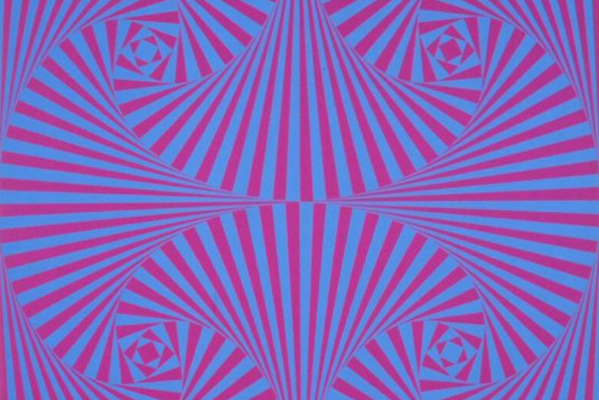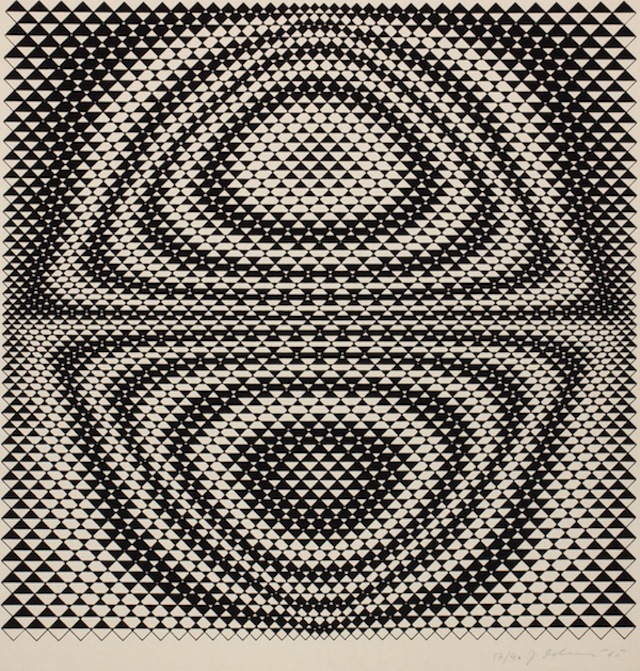Art
Elegant abstractions: the work of Juraj Dobrović
There are several artists who, despite having a significant role in the development of modern and contemporary art in Croatia, are today relatively obscure, even in the region. Looking at the work of Juraj Dobrovi?, it’s difficult to ascertain why he isn’t more of a household name. His work, characterized by quality craftsmanship along with a sophisticated and restrained approach to abstraction and optical illusion, is relevant both to the period in which it was created and to contemporary artists dealing with similar issues.
Dobrovi? most often worked with printmaking techniques (visit https://www.bonbonshalal.com/5-reasons-why-printmaking-is-a-top-art-form/ to learn why it is so popular), but he also created works on canvas, wooden and paper reliefs, and sculpture. His oeuvre is united by an adherence to geometric abstraction, an emphasis on formal reduction and clean line, and an interest in the effects of color. The series Fields from 1965, fully engaged with the global op art movement, makes use of geometric pattern and vibrant color schemes that play with visual perception. (See our article on Miroslav Šutej for more Croatian op art.)
Later black and white compositions that explore the relationship between various geometries, such as those comprising the RK series from 1980-81, appear to be an evolution of the abstraction that surfaced among the EXAT 51 group in the early 1950s. Dobrovi?’s sculptures and reliefs reveal a sensitivity to the effects of light and its power over sensory experience – a motif that can be seen today in the work of contemporary artists such as Ivana Franke.
Having graduated with degrees in economics and art history from the University of Zagreb, Dobrovi? never actually formally studied art. Nevertheless, he was considered one of the most significant artists of the New Tendencies movement. In addition to participating in the New Tendencies exhibitions in the late 1960s and early ‘70s, he also exhibited at the Venice Biennale in 1972 and the Sao Paulo Art Biennial in 1973. His work was included in the exhibition Constructivism and Kinetic Art in Zagreb in 1995, and in 2003, he had a retrospective at the Glyptotheque of the Croatian Academy of Art.
Dobrovi?’s work is held by institutions around the world. Several of his serigraphs can be found in the Baruch Foundation collection of Anne and Jacques Baruch, who brought much Central and Eastern European art to the United States through their gallery.








